
views
Looking at Signs

Notice the shared signs of autism and CPTSD. Both autistic people and those with CPTSD have social troubles, and may be fearful, with difficulties coping. They can be easily confused with each other. Both autism and CPTSD can involve... Extremely strong or inhibited emotions Feeling different from everyone else, though perhaps not knowing why Difficulty forming and maintaining relationships Social difficulties Enjoyment of being alone Hyperactivity or passivity Startling easily Repetitive movements Sleep issues Perfectionism and need for control Stress-related troubles Dissociation Avoidance of eye contact
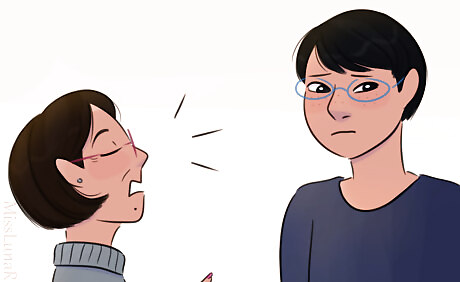
Rule out CPTSD if no trauma is present—but be cautious, since trauma isn't always easy to spot. Autism is inborn, while CPTSD only happens to people who suffer prolonged trauma with no escape. CPTSD can be caused by dramatically stressful events, or more subtle ones. Consider if the person has ever experienced... Abuse or neglect (including emotional neglect) Name-calling, ignoring, or frequent criticism from mentors or loved ones Bullying victimization Long-term exposure to crisis conditions Discrimination Stalking victimization Gaslighting Other types of mistreatmentDid You Know? Some people experience denial about having endured trauma. They may feel that it "wasn't that bad" or that other people deserve help more than they do. In addition, CPTSD can be caused by harsh environments (such as repeated bullying or discrimination), which isn't always thought of as "trauma." Be cautious about jumping to conclusions if you've endured something difficult.

Look at the nature of repetitive movements. People with CPTSD may use repetitive movements, like rocking back and forth, to cope with severe stress. Autistic people may move repetitively under stress, but may also do it to focus, express feelings, or have fun. Ask yourself if the person ever moves repetitively when they're happy or calm.

Look at the reason for social difficulties. Autistic people deal with social confusion, and may have trouble understanding what others are thinking and feeling. Communication is a challenge. People with CPTSD can be fearful or moody, and may self-isolate. A healthy autistic person usually wants to have some friends. Someone with CPTSD may feel safer when they're alone. An autistic person may struggle to understand what others are thinking. Someone with CPTSD may be overly pessimistic about what others are thinking.
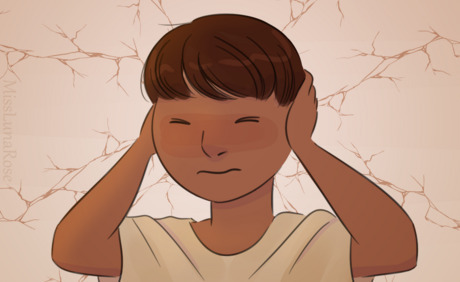
Consider why the person gets overwhelmed. Autistic people often get overwhelmed due to sensory issues. People with CPTSD deal with hypervigilance (which can be exhausting), and may have panic attacks due to an emotional trigger in the environment. Autistic people usually have Sensory Processing Disorder, which can make their senses over- or under-sensitive. They may avoid things for sensory reasons. People with CPTSD can have emotional flashbacks and trauma triggers. They may avoid things that remind them of their trauma.
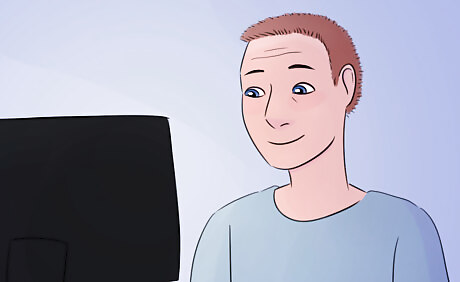
Consider the person's routines. Both autistic people and people with CPTSD may rely on routines to help them feel like the world is a safe and predictable place. Routine is highly important to many autistic people, and changes (like sleeping in a hotel or a "safe food" no longer being available) can feel awful. People with CPTSD may or may not like routine. If they do, it may help them avoid triggers and hypervigilance. Autistic people rely on routine. Routines make it easier to get things done, and a change in routine can be startling and distressing to them.
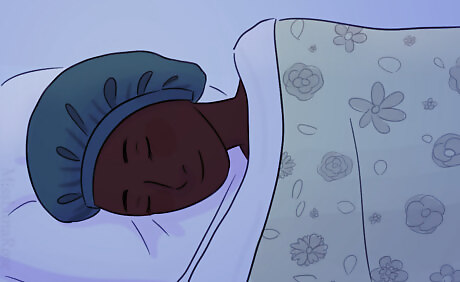
Look at what causes sleeping issues. Autistic people's bodies may not produce enough melatonin naturally, and taking melatonin supplements before bed can improve sleep. People with CPTSD have trouble falling asleep due to stress, and may have frequent or dramatic nightmares.
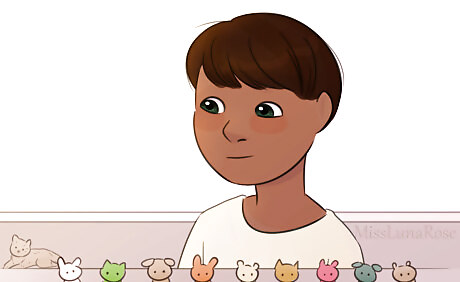
Look for signs of autism that don't overlap with CPTSD. Autism involves developmental delays and quirks, passionate interests, difficulty understanding speech, and unusual speech. None of these are typical in CPTSD. Developmental timeline: Milestones may be met late or out of order. Consider early childhood milestones as well as later ones like riding a bike, swimming, doing laundry, driving, and living independently. Interests: Autistic people usually have one or a few subjects that they're very passionate about. They love talking about them, and can hyperfocus on them for a long time. They may also feel lots of empathy for animals and objects. Trouble understanding speech: An autistic person may struggle to understand what they hear if there's background noise or odd acoustics (e.g. in an auditorium). This is called "auditory processing disorder." They also may be confused by figurative language. Differences in speaking: Their speech may be halting, slow, and/or unusual in pitch or tone. They may lose the ability to speak when they are too stressed, or be unable to speak at all. Co-occurring issues: Autistic people are likely to have Sensory Processing Disorder, and often have dyspraxia (which can look like clumsiness). Auditory Processing Disorder is also common.
Seeking Diagnosis
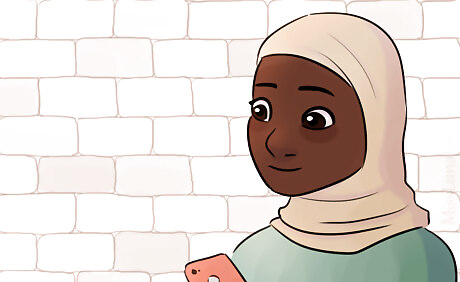
Research both autism and CPTSD. Read clinical papers, and also personal stories from people who have one or both conditions. This can give you a better sense of each condition, and help you understand it from a more personal perspective.
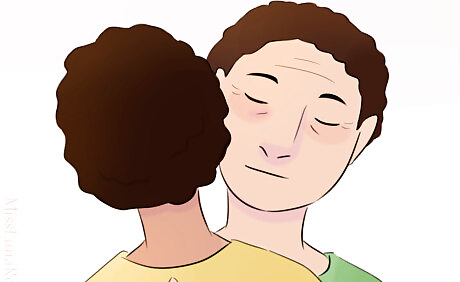
Consider the possibility of both conditions. Unfortunately, autistic people are at increased risk of abuse and other problems in life, and may be more likely to develop PTSD or CPTSD in response to trauma. Identifying trauma in autistic people can be tricky, since the person may struggle to understand and communicate their emotions. What's stressful or scary to a non-autistic person could be traumatic to an autistic person. If the symptoms are real, then the trauma is real, even if other people don't consider the events "traumatic enough."
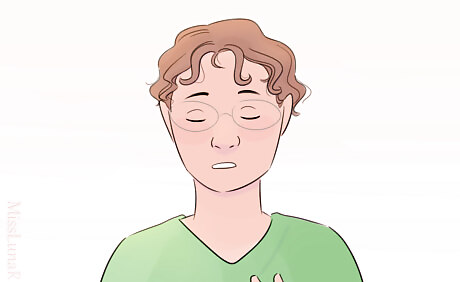
Consider the possibility of a different condition. If the traits described here don't quite match what you or your loved one is going through, or they describe some but not all of what's going on, it's possible that another condition is at play. It may also be useful to read about and consider... ADHD Social anxiety Schizoid personality disorder Reactive attachment (in children) Attachment disorders Something else

Avoid jumping to a conclusion early on. Getting too attached to a diagnosis, without fully understanding it, could make you miss what is really going on. CPTSD treatment is very different from supports for autism, so it's important to get it right.
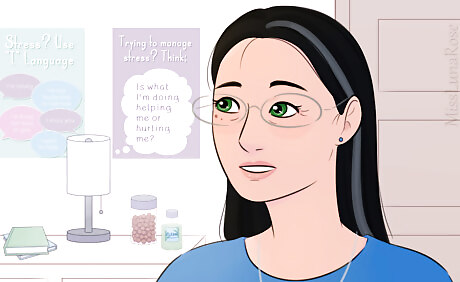
Talk to a doctor or specialist for advice. Look for someone who works with autistic people, and people with trauma, if you can. Talk to them about the signs you're experiencing, and ask for an evaluation. Come prepared. Try writing down a list of symptoms. If you took any online tests, fill out your answers to each question in pencil, and bring it along. Speak up if you're concerned about misdiagnosis. A specialist is only as good as the information they have. If you think that there's a piece of the picture that they're missing, talk about it.
















Comments
0 comment